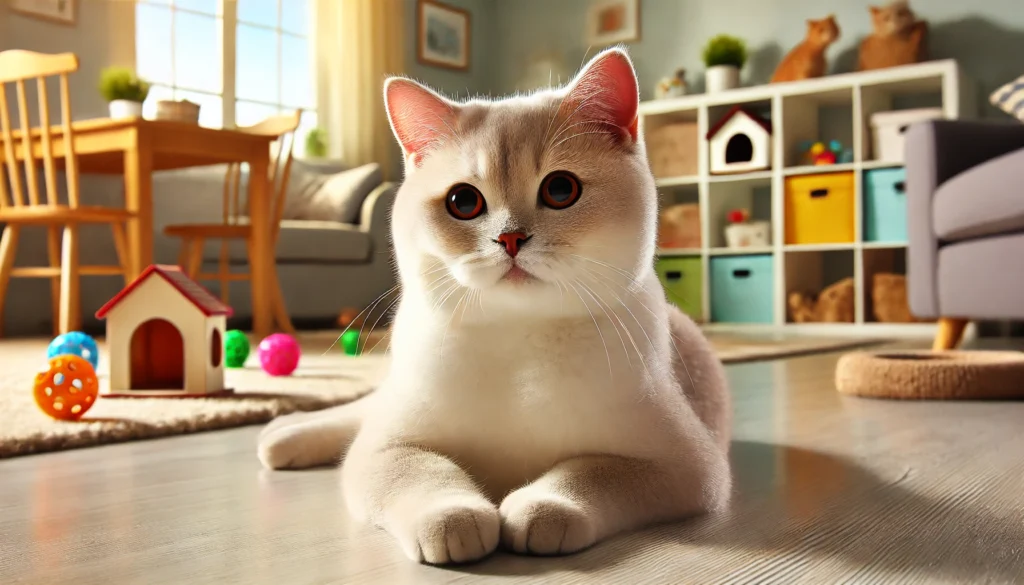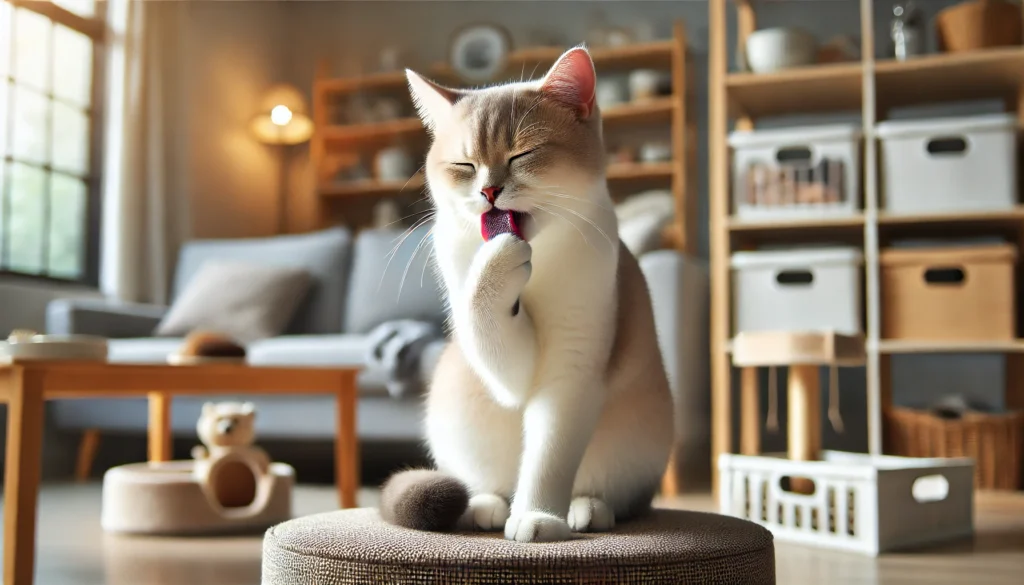Taking care of a cat is a task full of love and responsibility. Your feline's hygiene not only improves its appearance, but also prevents illnesses and health problems. Therefore, understanding how to keep your cat clean and healthy is essential to ensuring a long and happy life for your companion. Let's explore together the best hygiene practices and tips for your cat.
The Importance of Feline Hygiene
Keeping a cat clean goes beyond the aesthetic aspect. Hygiene is vital to prevent infections, parasites and other health problems. Cats are known for their self-cleaning nature, but that doesn't mean they don't need occasional help from their owners. Regular cleaning is crucial to detect possible problems early, such as wounds or swellings, and to keep their living environment free from dirt.
Brushing: A Daily Ritual
Brushing your cat's coat daily is one of the most important practices. This not only helps remove loose hair, preventing hairballs, but also distributes the skin's natural oils, keeping the coat shiny and healthy. For short-haired cats, brushing two to three times a week may be sufficient. Long-haired cats may need daily brushing to avoid knots and tangles.
Benefits of Brushing
Regular brushing not only keeps your cat's coat nice and healthy, but it also strengthens the bond between you and your pet. This moment of affection can be very pleasurable for both of you, as well as providing an opportunity to check the health of your cat's skin and fur. Cats that are brushed regularly tend to shed less hair around the house, which is also an added benefit.
Baths: When and How
Although cats generally do not need frequent baths, there are situations in which it becomes necessary. Cats that have access to the outside, for example, can get dirty more easily. Bathing should be done with specific products for cats, avoiding products intended for humans, which can be harmful. Warm water, a calm environment and thorough drying are essential to ensure a good experience for your cat.

Step by Step for a Gentle Bath
To give your cat a peaceful bath, follow these steps:
- Preparation: Have everything you need on hand, including towels, cat-specific shampoo, and a container of warm water.
- Tranquil Environment: Choose a calm place without distractions.
- Introduction to Water: Gradually wet your cat, avoiding the head.
- Shampoo: Apply the specific shampoo for cats, massaging gently.
- Rinse: Rinse well to remove all shampoo.
- Drying: Dry the cat completely with a towel and, if allowed, use a dryer on a low temperature.
Caring for the Ears
Cats' ears also need special attention. Clean them regularly with a cotton pad moistened with a specific solution for cleaning feline ears. Avoid inserting any object into the ear canal as this may cause damage. Regular cleaning helps prevent infections and allows you to spot signs of problems, such as redness or bad odor.
Infection Prevention
Proper ear hygiene is essential to prevent infections. Cats with dirty ears can develop ear infections and other painful conditions. Therefore, including ear cleaning in your cat's hygiene routine is an effective way to ensure its health and well-being.
Oral hygiene
Oral health is often overlooked, but it is crucial to your cat's well-being. Brushing your cat's teeth regularly can prevent gum disease and bad breath. There are toothbrushes and pastes specifically for felines that make this task easier. Offering dry foods and toys that promote chewing can also help keep teeth clean.
Tips for Oral Hygiene
To make brushing your cat's teeth an easier task, start getting them used to it as a kitten. Use a soft toothbrush and cat-specific paste. Be patient and reward your cat after brushing so that he associates the activity with something positive.

Nail Care
Your cat's nails should be trimmed regularly to prevent them from getting too long and causing discomfort or getting tangled in surfaces. Use a cat-specific nail clipper and cut only the tip, avoiding the pink part (quick), which contains blood vessels and nerves. If you don't feel confident carrying out the cut, seek help from a professional.
Nail Maintenance
Trimming your cat's nails is a practice that must be done carefully and regularly. Cats that live indoors may not wear their nails naturally like those that have access to the outside. Nails that are too long can cause discomfort and even injuries, as well as increasing the likelihood of scratches on furniture and people.
Litter Box Hygiene
Cleaning the litter box is essential for your cat's health and well-being. Keep the box clean by removing feces and urine daily and changing the litter regularly. A clean litter box prevents unpleasant odors and urinary infections. Placing the box in a quiet place that is easily accessible to the cat is also important.
Sand Choice
There are several types of litter available on the market, and the choice can influence the hygiene of the box. Clumping sands make it easier to remove residue, while silica sands can better control odor. Observe your cat's preferences and choose the option that best suits your cat's needs.
Food and Hydration
A balanced diet and constant access to fresh water are essential for your cat's health. High-quality food contributes to a healthy coat and reduces the risk of digestive problems. Adequate hydration is essential to prevent kidney and urinary problems.
Healthy eating
Offer balanced food, specific to your cat's age and condition. Avoid giving human foods, which can be harmful. Good nutrition is the basis for a healthy life and can prevent several diseases.
Clean and Safe Environment
Keeping your cat's environment clean and safe is an integral part of hygiene care. Wash your cat's toys, beds and blankets regularly. Avoid cleaning products with strong odors and aggressive chemicals, opting for safer options for animals.
Accidents prevention
Make sure the environment is safe, without toxic products or small objects that the cat could swallow. A safe environment prevents accidents and ensures that your cat can explore and play without risk.
Regular Inspections
Performing regular inspections on your cat helps identify health problems early. Check your cat's skin, eyes, ears, and mouth for signs of infections, parasites, or abnormalities. If you notice anything unusual, consult a veterinarian immediately.
Early Detection
Early detection of health problems can make a difference in your cat's treatment and recovery. Being aware of changes in your cat's behavior or appearance is essential to ensuring your cat receives timely veterinary care.
Conclusion
Keeping your cat clean and healthy takes dedication, but the benefits are immense. With regular brushing, baths when necessary, nail care, oral hygiene and a clean environment, you can ensure that your feline has a long and happy life. Furthermore, daily attention strengthens the bond between you and your cat, providing moments of affection and mutual care.
